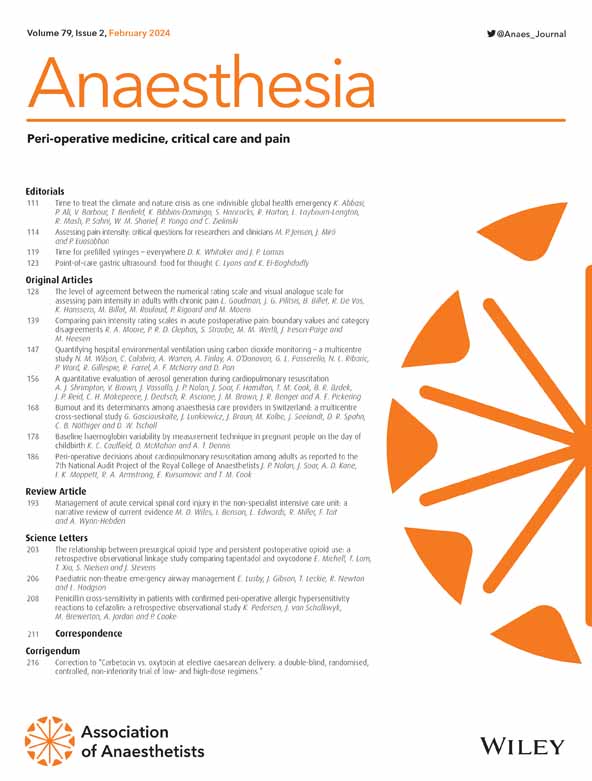Association of anaesthesia-directed sedation with unplanned discharge to a nursing home following non-ambulatory interventional radiology and endoscopic procedures: a retrospective cohort study*
Abstract
Introduction
Interventional radiology procedures and endoscopies are performed commonly worldwide, often necessitating pharmacological sedation to optimise patient comfort. It is unclear to what extent non-anaesthetists should provide procedural sedation.
Methods
We studied adult patients who previously lived independently and underwent a non-ambulatory interventional radiology or gastroenterology procedure under anaesthetist-directed or non-anaesthetist-directed sedation at a large healthcare network. The primary outcomes were postprocedural adverse discharge to a nursing home and postprocedural duration of hospital stay.
Results
Among 22,868 patients included, 15,168 (66.3%) and 7700 (33.7%) underwent anaesthetist-directed sedation and non-anaesthetist-directed sedation, respectively. Of all patients receiving anaesthetist-directed sedation, 9.2% experienced adverse discharge to a nursing home compared with 21.3% undergoing non-anaesthetist-directed sedation. Anaesthetist-directed sedation was associated with reduced risk of adverse discharge to a nursing home (adjusted relative risk 0.54, 95%CI 0.45–0.63, p < 0.001, adjusted risk difference -4.6%, 95%CI -5.8 to -3.4, p < 0.001) and a shorter postprocedural duration of hospital stay (median (IQR [range]) 2 (1–6 [0–315]) days vs. 5 (2–12 [0–268]) days; adjusted model estimate 0.84, 95%CI 0.79–0.89, p < 0.001). The lower risk of adverse discharge to a nursing home and shorter duration of hospital stay in patients undergoing anaesthetist-directed sedation was reproduced in an instrumental variable analysis (adjusted risk difference -4.3%, 95%CI -8.4 to -0.1, p = 0.043; and -1.41 days, 95%CI -1.43 to -1.41 days, p < 0.001, respectively). Among patients undergoing anaesthetist-directed sedation the mean (SD) proportion of missing blood pressure measurements was lower (0.7 (4.9) % vs. 8.0 (14.6) %, p < 0.001), which mediated the effect of anaesthetist-directed sedation on adverse discharge.
Discussion
Among patients undergoing a non-ambulatory interventional radiology procedure or a gastrointestinal endoscopy, anaesthetist-directed sedation is associated with a reduced risk of adverse discharge to a nursing home and a shorter duration of hospital stay.

 求助内容:
求助内容: 应助结果提醒方式:
应助结果提醒方式:


